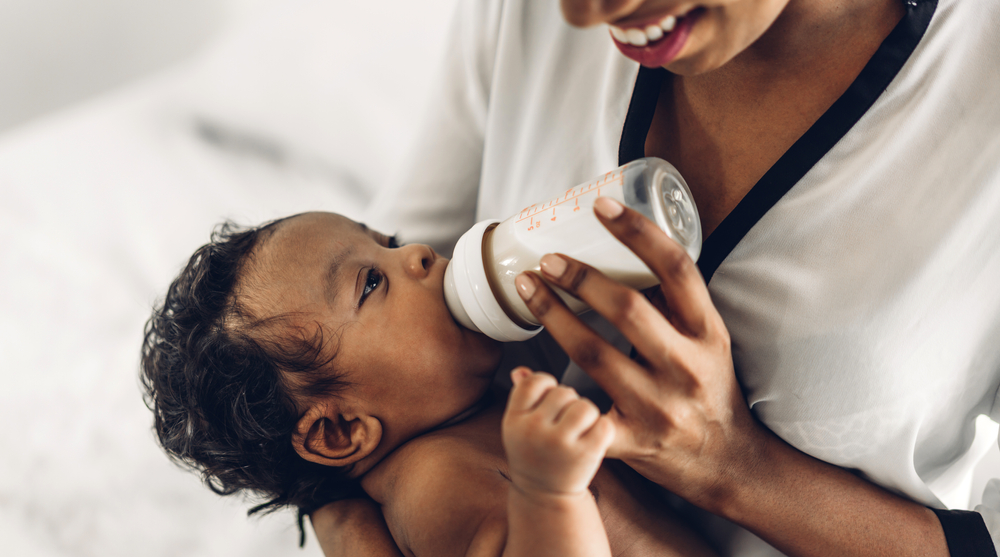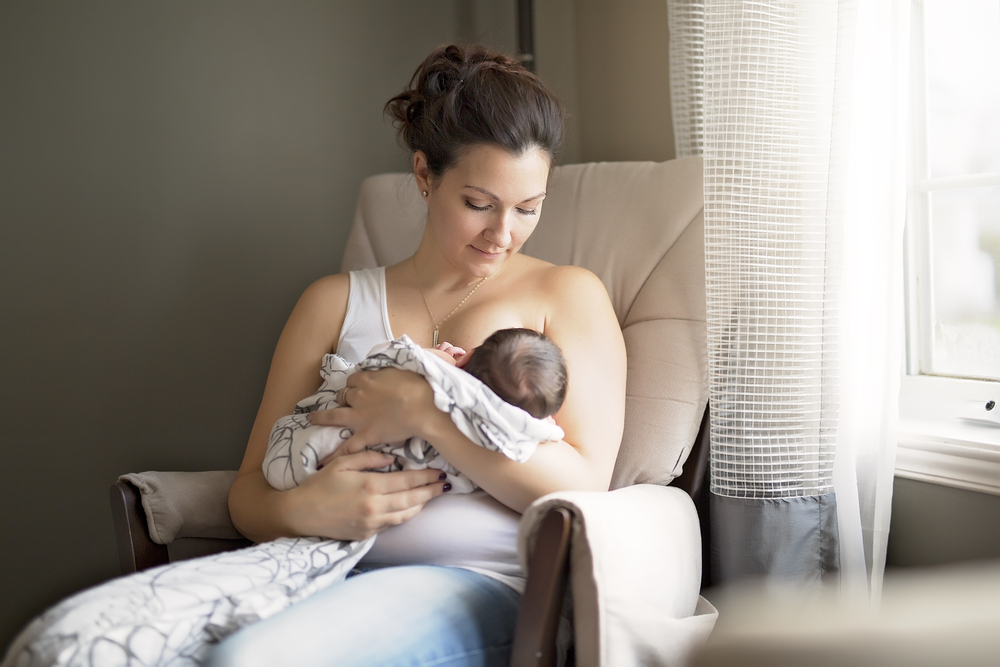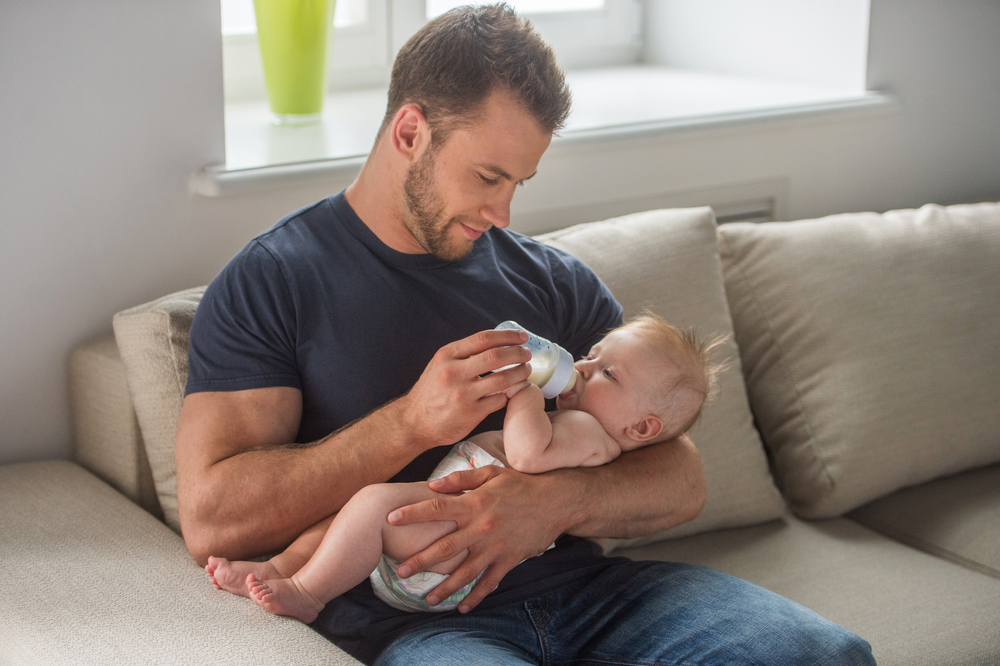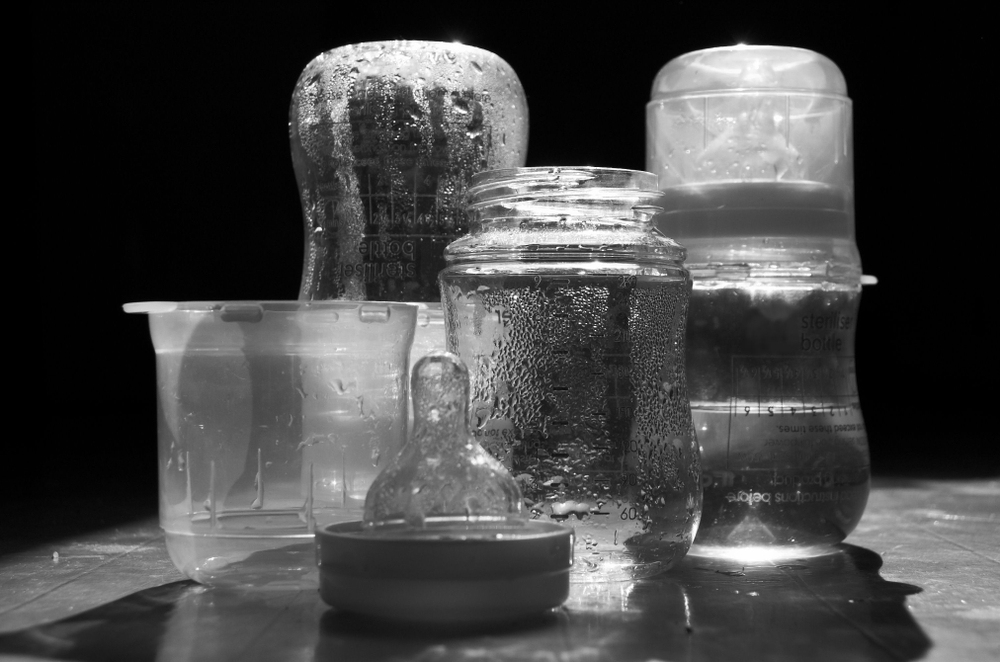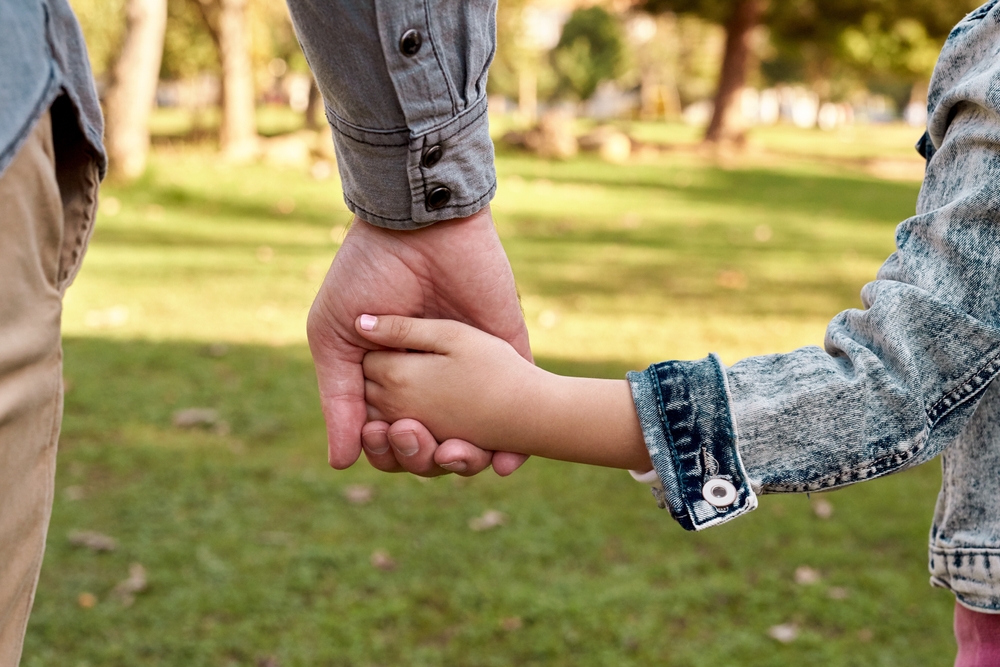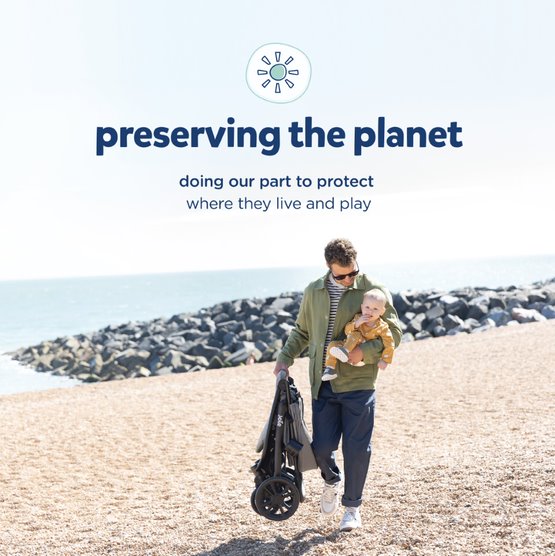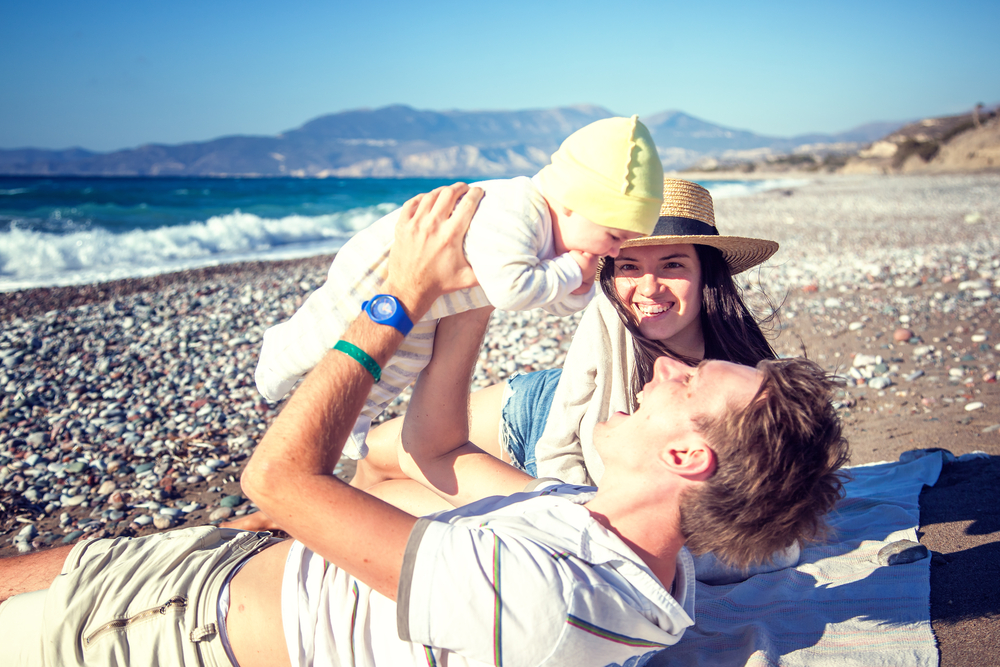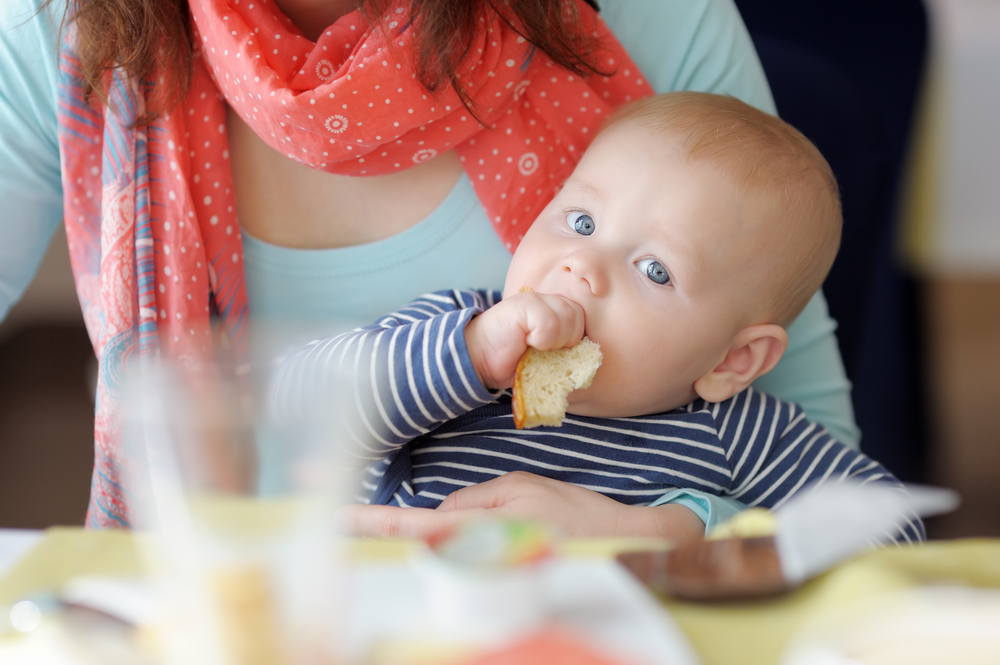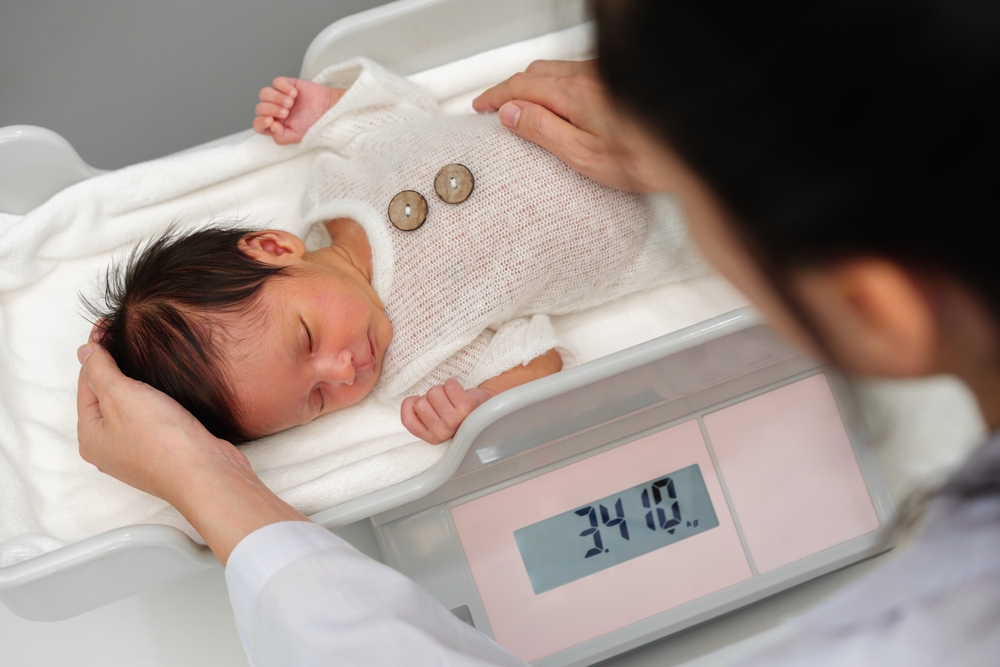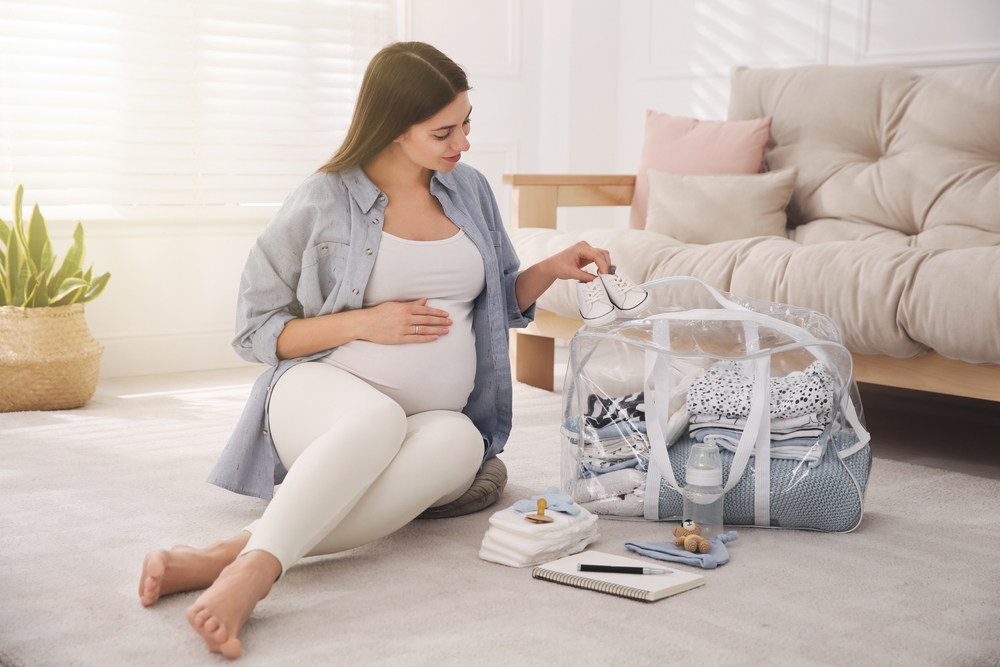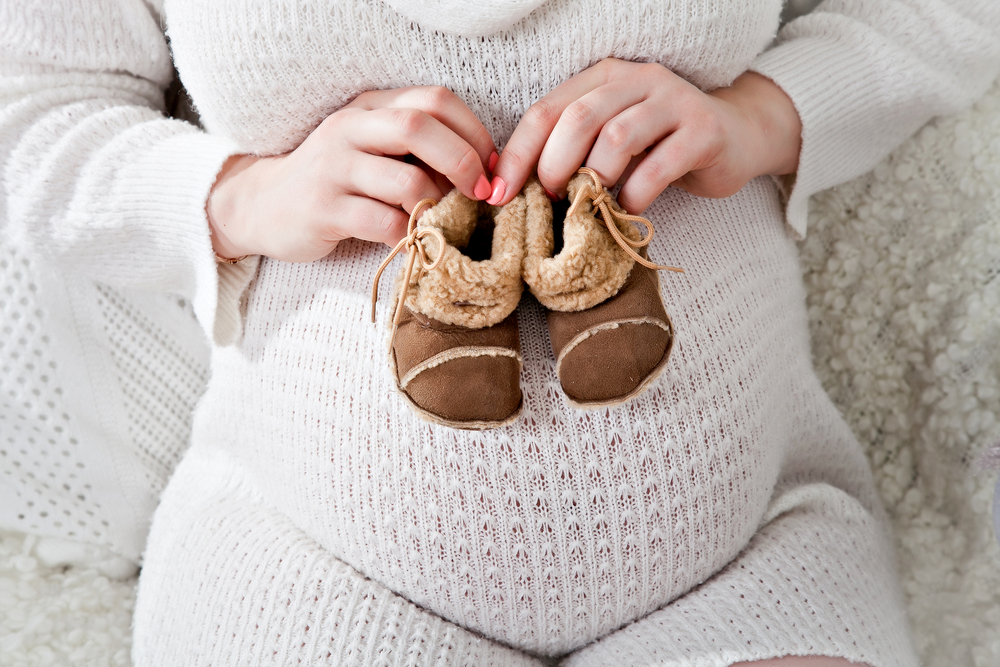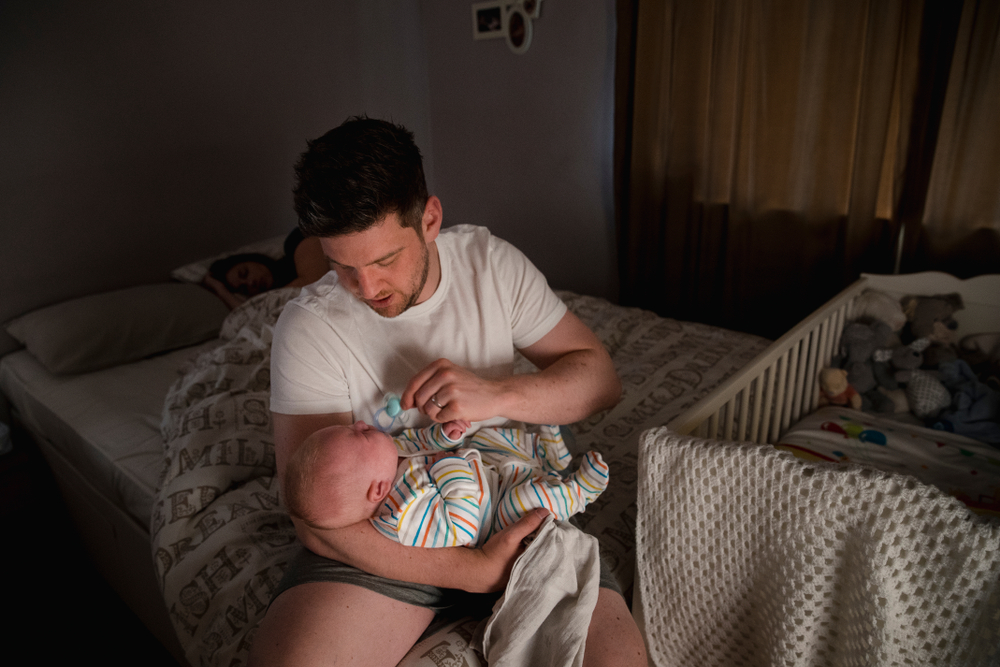Learning the ropes when it comes to feeding your baby can be a task. It can seem simple, but feeding your baby isn’t always easy, and it’s important to remember that every baby has different needs.
Many questions will be flickering through your mind, from ‘What feeding products do I need?’ to ‘How to use a bottle warmer?’ or ‘Are there any products that support breastfeeding?’ There are many products on the market to help ease you into the process. However, it can be hard to know where to begin, so we’ve put together this handy guide on baby feeding equipment and everything you need to know.
Feeding your baby: your options
Feeding your baby is a very personal thing, and as difficult as it can be not to compare your situation with others, choose the best feeding option for you and your baby. Most importantly, your baby is getting what they need, and you’re doing your best for them.
We’re here for you, and here are your options for feeding your baby, but just note that there is no one right way, and you can even choose to do a combination of these options.
Breastfeeding
Breastfeeding is a loving experience. It gives your little one the yummy nourishment and affection they need. It also supports them in defending against illnesses and can even prevent allergies. Some of the advantages of breastfeeding include:
- It’s always accessible, and no prep work is needed
- It’s free
- Increased protection against infections in the first months
- Lots of nutrients – including protein and calcium
- Contains fatty acids that stimulate brain development
- Skin-to-skin contact helps calm your baby
- Decreased chance of reflux
Of course, breastfeeding also comes with its challenges, such as the pressure of feeding the baby always being on the mother, it can be tiring and onerous, it can take time and practice for mother and baby to breastfeed comfortably, and it can be painful. The choice to breastfeed is always encouraged but is ultimately yours.
So, what are the breastfeeding essentials?
Breastfeeding pillow
You can get comfortable with a U-shaped pillow to rest your arms and baby when feeding. Breastfeeding pillows will save the day, especially if you’re in for a lengthy nursing session.
Nursing pads
If you’re a mum who leaks milk, it’s likely that it will occur more during the first few weeks after giving birth. So, stock up on nursing pads to place in your bra for soaking up those pesky milk leakages!
Breast pump
Occasionally, you may need to pump your milk. Breast pumps come in handy for exactly this. Hand pumps are cheaper, but electric ones are quicker – the choice is yours! They’re also a great alternative if you want your baby to have breast milk but want your partner to be involved and bottle feed.
Bottle feeding
You may be worrying that if you don’t breastfeed, you’ll fail to bond with your child. However, the truth is that all loving mothers will always create a special bond with their little one regardless of the feeding method they choose.
An alternative to breastfeeding is bottle feeding. Remember that you can use a hybrid method. It is recommended to establish breastfeeding and then move to the bottle for a mixed approach rather than the other way around. You can choose to bottle feed your baby using formula or breastmilk if you want to use a breast pump.
Some of the benefits of bottle feeding include:
- Infant formulas have been improved to match the ingredients in breast milk, so there is a range to choose from that will best suit your baby’s needs
- Some mothers may feel more comfortable bottle-feeding in public (however, you should never feel uncomfortable breastfeeding in public)
- It helps babies who have lactose intolerance
- It helps track your child’s daily milk intake
- Other people can help to feed your baby, so the pressure isn’t always on the mummy
The bottle-feeding essentials you need consist of the following:
Bottles
A top tip is to stock up on five to ten bottles. That way, you’ll always have a clean one ready and spare if you’re going out anywhere. You will also need to upgrade your bottle teats because there are different sizes as your baby gets older to allow for more milk flow.
Sterilisers
Don’t forget to sterilise new bottles before first-time use, and it’s important to sterile all feeding equipment after every use until your baby gets to 12 months old; this is to help to avoid illnesses. Sterilising your baby’s equipment removes harmful germs and will make sure your bottles are clean before use.
Bottle warmer
Some tots love a cold bottle. However, others need it to be warmed up, particularly younger babies. If your baby falls into that category, you will want to invest in a bottle warmer. Warming bottles in a microwave can be dangerous because of hot spots that can burn your baby. A bottle warmed helps to warm the milk to a perfectly warm temperature evenly.
Sterilising feeding equipment
Whilst sterilising your baby’s bottles can seem like an arduous task, ensuring that your baby’s feeding equipment is properly cleaned before every use is essential to avoid illnesses and viruses, such as diarrhoea or foot and mouth disease.
For a first-time parent, the world of sterilising can be a daunting prospect, especially at 5 o’clock in the morning on next to no sleep, but take a look at our how-to guide, and soon you’ll be a pro, sterilising bottles and dummies like you’ve been doing it all your life!
Cold Water Sterilising Solution
This is a great option if you don’t have easy access to heating equipment, such as a kettle or hob, as it simply requires a bowl of cold water and a sterilising solution. You can purchase special sterilising units specifically designed for cold water sterilising. However, you can just as easily use a bucket or container (though they need to have a lid). Also, ensure that the receptacle you use is thoroughly clean and not used for anything else.
Following the sterilising solution’s manufacturer’s guidelines, fill your chosen container with cold water. You must ensure that all the equipment is submerged under the solution, so you may want to use something heavy to weigh them down, such as a plate. Make sure there are no air bubbles trapped inside the bottles and teats when you place them into the water, and ensure they are left in the solution for at least 30 minutes. When you take them out, shake them well, and rinse each item with cool, boiled water.
Boiling
This requires a large pan with a lid. As with the cold water sterilising, do not use the pan for anything other than sterilising.
Fill the pan with water and bring to the boil. Submerge the items you wish to clean, ensuring that they are kept below the surface of the water; again, you may wish to use something to keep them under. You also need to make sure there are no trapped air bubbles. Keep the bottles in the boiling water for at least 10 minutes. If you don’t need to use the bottle immediately, keep the lid of the pan on until you need them.
The one downside of this method is that boiling can cause damage to bottle teats quicker than the other methods, so keep an eye on them and replace them when necessary.
Steam Sterilising
This is the most popular method nowadays, though it requires buying more equipment. There are two types of steam sterilisers, microwave or electric that you can choose from. The microwave version simply sits inside your microwave and takes about 3 minutes to sterilise the item completely. The equipment will stay sterile for up to 3 hours if the steriliser lid is closed.
You can also sterilise bottles individually in the microwave without the use of a steriliser. This takes about 90 seconds, but you must remember to leave the bottles unsealed. Another option is to buy an electric steamer, which you just plug into a socket. These take up to ten minutes, hold a large number of items, and have a smaller rack to hold things like dummies or teats. As with the micro steamers, the equipment can be kept sterile for a number of hours if the lid is kept on, which is great if you like to be organised for the day ahead.
So there you have it; now you’re an expert in baby feeding and what equipment you need. Remember that how you choose to feed your baby is a personal choice, and no one can tell you to feed your baby. Do what’s right for you and your baby, and if you need to use feeding equipment, we have everything you need on our Kiddies Kingdom website.

